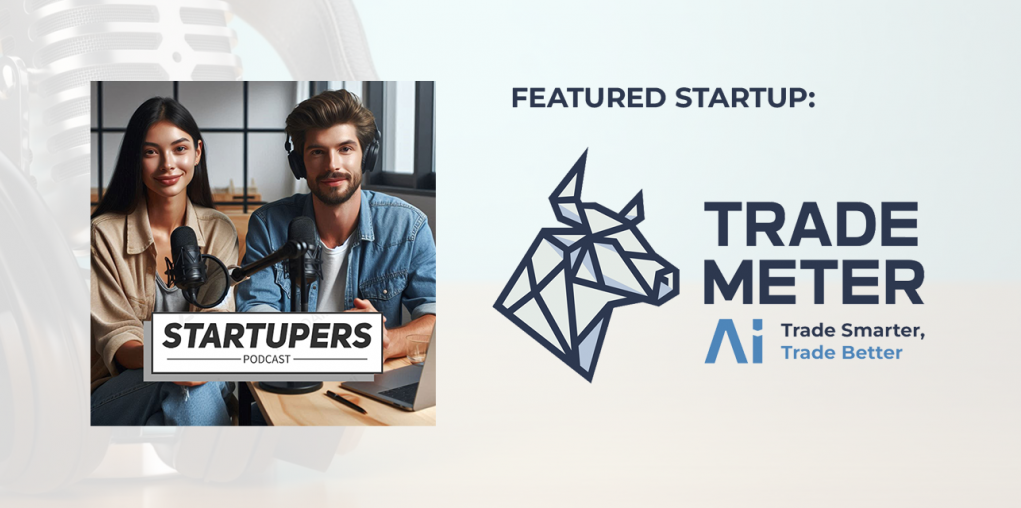20 Good Suggestions For Choosing Best Ai Stock Trading Bots
Wiki Article
Top 10 Tips To Choose The Best Ai Platform For Trading Ai Stocks From Penny To copyright
It is essential to choose the best AI platform for trading digital currencies and penny stocks. Here are 10 essential tips to help you make the right choice:
1. Set out your trading objectives
Tip - Identify the focus of your investment - copyright, penny stocks, or both - and specify whether you wish to automate or invest in short-term, long-term or algorithmic trades.
Why do different platforms excel in different areas. Clarity in your goals allows you to pick the best platform for your needs.
2. Examine the accuracy of predictive models
TIP: Take a look at the track record of the platform in providing accurate forecasts.
To assess reliability, look for reviews from users or results from demo trading.
3. Be on the lookout for Real-Time Data Integration
Tip. Check that your platform can integrate real-time market feeds. Especially for fast-moving investments like penny shares and copyright.
Why: Delayed data can cause miss opportunities or poor execution of trades.
4. Examine the customizability
Tips: Select platforms that let you customize strategies, parameters, and indicators to match your style of trading.
For instance, platforms like QuantConnect and Alpaca provide a range of options for customization for tech-savvy users.
5. Focus on Automation Features
Search for AI platforms with strong automated features, like Stop-loss, Take-Profit, or Trailing Stop.
Why? Automation helps to reduce time and help execute trades precisely, especially on volatile markets.
6. Evaluation of Tools for Sentiment Analysis
TIP: Choose platforms that have AI sentiment analysis. This is crucial for copyright and penny stock, as they're heavily influenced by by social media and news.
What's the reason? Market sentiment can be a significant driver of short-term movements in prices.
7. Prioritize user-friendliness
Tip: Check that the platform has a user-friendly interface and clear documentation.
A long learning curve can create a challenge to trade efficiently.
8. Check for Compliance
Verify that the platform adheres local regulations on trading.
For copyright For copyright: Look for features supporting KYC/AML compliance.
If you are investing in penny stocks: Make sure you follow SEC guidelines or the equivalent.
9. Cost Structure Evaluation
Tip: Understand the platform's pricing--subscription fees, commissions, or hidden costs.
Why: A platform with cost-intensive fees could reduce profits for trades that aren't very large, especially in copyright or penny stocks.
10. Test via Demo Accounts
You can test demo accounts as well as trial versions of the platform to see how it works without having to risk real money.
What is the reason: A test run will reveal whether the platform has been built to your standards in terms of performance and function.
Bonus: Make sure to check the Community and Customer Support
Look for platforms which have solid support and active user groups.
Why: Peer support can be a fantastic method to test and improve strategies.
If you evaluate the platforms based on these criteria, you'll find one that is best suitable for your trading style. Have a look at the most popular full article about copyright ai bot for blog info including stock trading ai, ai for trading stocks, ai for copyright trading, ai predictor, artificial intelligence stocks, ai stock trading, best ai copyright, ai predictor, ai financial advisor, ai stock picker and more.

Top 10 Tips To Using Backtesting Tools To Ai Stock Pickers, Predictions And Investments
Leveraging backtesting tools effectively is essential for optimizing AI stock pickers, and enhancing predictions and investment strategies. Backtesting can be used to test how an AI strategy might have done in the past and gain insight into its efficiency. Here are ten tips to backtest AI stock selection.
1. Use High-Quality Historical Data
Tips: Make sure that the software used for backtesting is accurate and up-to date historical data. This includes prices for stocks and trading volumes, as well dividends, earnings reports and macroeconomic indicators.
The reason: Quality data guarantees that backtesting results are based on actual market conditions. Incomplete or incorrect data can cause false backtests, and affect the validity and reliability of your plan.
2. Make sure to include realistic costs for trading and slippage
Backtesting is a great way to test the real-world effects of trading like transaction fees as well as slippage, commissions, and market impact.
Why: Failure to account for slippage and trading costs could lead to an overestimation of potential returns from the AI model. Incorporate these elements to ensure your backtest is more accurate to real-world trading scenarios.
3. Test different market conditions
Tips - Test your AI Stock Picker to test different market conditions. This includes bear markets and bull markets, as well as times with high volatility (e.g. markets corrections, financial crisis).
The reason: AI models can be different in various markets. Tests under different conditions will assure that your strategy will be flexible and able to handle different market cycles.
4. Test with Walk-Forward
Tips: Conduct walk-forward tests, where you compare the model to an unchanging sample of historical data before confirming its accuracy using data from outside of your sample.
The reason: Walk forward testing is more reliable than static backtesting in assessing the real-world performance of AI models.
5. Ensure Proper Overfitting Prevention
Tips: Try the model in different time periods in order to avoid overfitting.
Why? Overfitting occurs if the model is too closely tailored towards the past data. As a result, it is less effective at forecasting market trends in the future. A well balanced model will adapt to different market conditions.
6. Optimize Parameters During Backtesting
Backtesting is a great way to improve key parameters.
Why: Optimizing the parameters can boost AI model performance. However, it's important to make sure that the optimization doesn't lead to overfitting, as previously mentioned.
7. Drawdown Analysis and risk management should be a part of the same
Tips Include risk-management strategies such as stop losses as well as ratios of risk to reward, and the size of your position in backtesting. This will allow you to evaluate your strategy's resilience in the event of a large drawdown.
How to make sure that your Risk Management is effective is Crucial for Long-Term Profitability. You can spot weaknesses through simulation of how your AI model handles risk. After that, you can modify your strategy to get more risk-adjusted results.
8. Analyze key Metrics Beyond Returns
It is essential to concentrate on other key performance metrics than just simple returns. They include Sharpe Ratio (SRR), maximum drawdown ratio, win/loss percent, and volatility.
Why: These metrics can help you comprehend your AI strategy's risk-adjusted results. Relying on only returns could result in the inability to recognize periods of significant risk and volatility.
9. Simulate different asset classifications and Strategies
Tip: Backtest the AI model on various asset classes (e.g., stocks, ETFs, cryptocurrencies) and various investment strategies (momentum, mean-reversion, value investing).
Why is it important to diversify a backtest across asset classes may aid in evaluating the adaptability and performance of an AI model.
10. Refresh your backtesting routinely and fine-tune the approach
TIP: Ensure that your backtesting system is up-to-date with the most recent data available on the market. This will allow it to evolve and keep up with the changing market conditions and also new AI features in the model.
Backtesting should reflect the changing character of the market. Regular updates will ensure that your AI model remains effective and relevant in the event that market data change or new data becomes available.
Bonus: Monte Carlo simulations can be used for risk assessment
Tip : Monte Carlo models a vast array of outcomes by conducting multiple simulations using different inputs scenarios.
Why: Monte Carlo simulations help assess the likelihood of different outcomes, allowing a more nuanced understanding of the risk involved, particularly in highly volatile markets such as copyright.
Follow these tips to evaluate and optimize your AI Stock Picker. Backtesting ensures that your AI-driven investment strategies are robust, reliable and adaptable. Follow the top rated best ai penny stocks url for more tips including copyright ai, best ai copyright, copyright predictions, ai trading software, copyright ai bot, ai for investing, ai sports betting, incite, incite ai, trade ai and more.
